A Forgotten Robert Downey Jr Film Is Burning Up The Charts At Netflix
Robert Downey Jr had a career comeback like no other, but this movie before his fall is burning up the streaming charts on Netflix.
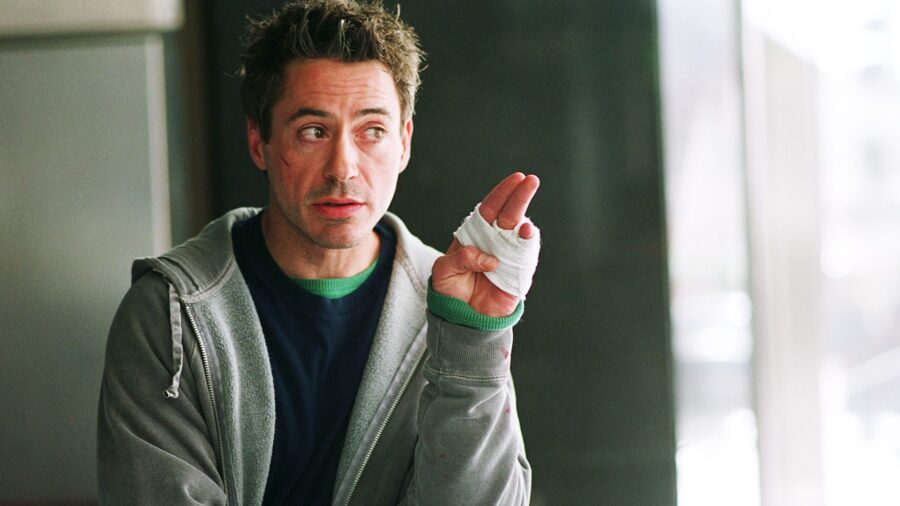
The fact that Robert Downey Jr ended up being the highest-paid, arguably most famous actor in the world in the 2010s is really nothing short of a miracle, once you think about it. The career-reviving, industry-changing role of Tony Stark/Iron Man in the Marvel Cinematic Universe made him a family-friendly, universally beloved figure. But it was not more than a few years before that that he was deep in the Hollywood wilderness, unhireable, uninsurable, and reportedly unreliable. Beginning in the late 1990s, his well-known substance issues had begun to overtake him and a series of high-profile arrests scuttled his career. But before that, Robert Downey Jr was regarded as one of the brightest young stars of his generation (known as the Brat Pack), suitable for goofy comedies, prestige dramas, and high-octane action films alike. One of the latter is currently in the top five most-watched movies on Netflix USA right now: U.S. Marshals, the little-remembered, kinda-sorta sequel to 1993’s The Fugitive.
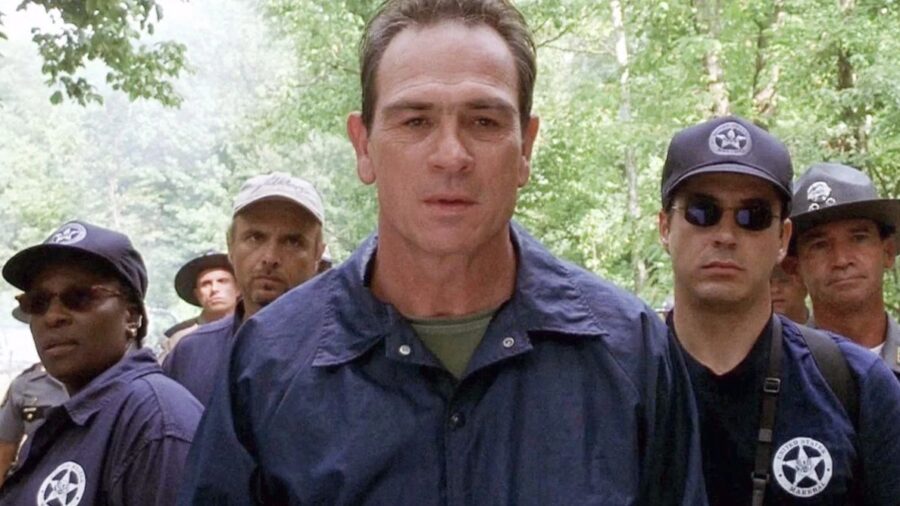
It is perhaps more accurate to call U.S. Marshals a spin-off of the well-regarded Harrison Ford star vehicle, rather than a sequel. Doctor Richard Kimble makes no appearances, and there is nary a mention of Provasic, the failed drug that started that whole mess. Instead, newcomer Robert Downey Jr joins the returning Chief Deputy U.S. Marshal Sam Gerard (Tommy Lee Jones) and his team (including Joe Pantaliano, LaTanya Richardson, Daniel Roebuck, and poor doomed Tom Wood) in an entirely new adventure pursuing a mysterious escaped prisoner played by Wesley Snipes. And whereas The Fugitive had a premise nearly primal in its simplicity (an innocent man pursues his wife’s murderer), U.S. Marshals is a complicated, twisty story involving the Diplomatic Security Service, the CIA, classified state secrets being sold to a hostile nation, and Tommy Lee Jones in a chicken suit.
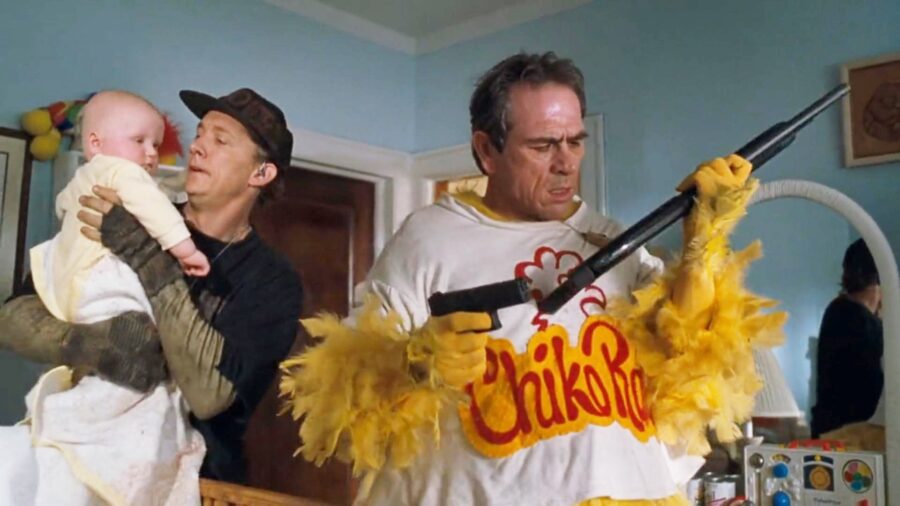
As DSS Special Agent John Royce, Robert Downey Jr is given the meaty role of the newbie on the team, and the interactions between him and Tommy Lee Jones are the strongest part of the movie. The dynamic between a young hotshot and a grizzled veteran is a classic one, and Robert Downey Jr and Tommy Lee Jones have equally powerful, opposing forms of deadpan sarcasm that push up against each other well. Sadly, Wesley Snipes spends the movie as nearly a cipher. He is intentionally supposed to be an enigma, a man of changing identity and murky motivations that Jones’ Gerard must figure out. Snipes had already established himself as an action star with movies like Demolition Man and a fine actor with New Jack City; Blade would launch him to the next tier of stardom the same year as U.S. Marshals, but the latter movie does not have much for him to do other than be pursued. But to be fair, the movie is called U.S. Marshals, rather than The Escaped Prisoner.
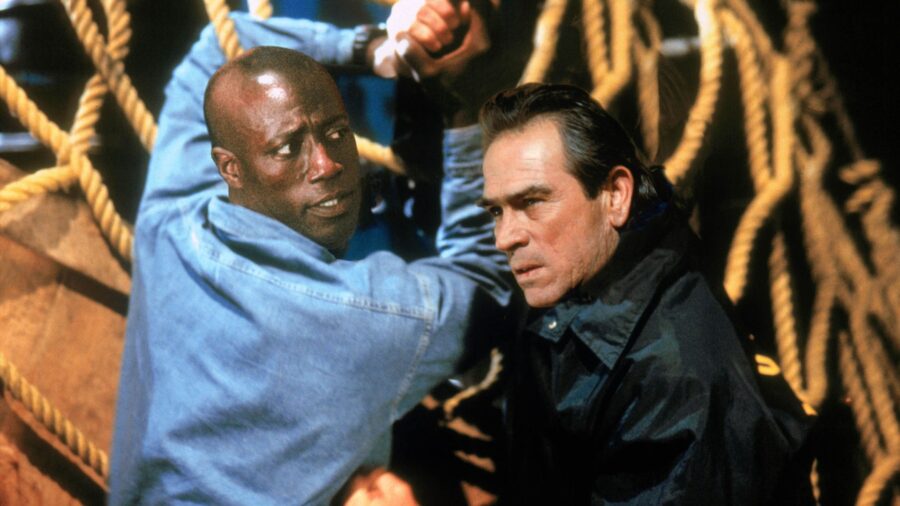
It is also difficult to tell what kind of movie Tommy Lee Jones, Wesley Snipes, and Robert Downey Jr are starring in. In many ways, U.S. Marshals is only related to The Fugitive in the thinnest of ways. The screenplay was co-written by Roy Huggins, the creator of the original show, who was not involved in the movie adaptation of The Fugitive, and it shows. While Jones’ Gerard has the same gruff bearing as he did in the previous movie, U.S. Marshals fundamentally misunderstands what made that character interesting. Jones said of his character in the second movie “Gerard’s motivation in the first movie was to do his job and do it well, the chase here becomes more personal toward the end.” But the entire point of Gerard is that, as he famously put it to Doctor Richard Kimble in a dam spillover, he doesn’t care what the fugitive is about. Turning him into someone personally invested in his case turns him into just another generic action hero, with Robert Downey Jr as his ambiguous sidekick.
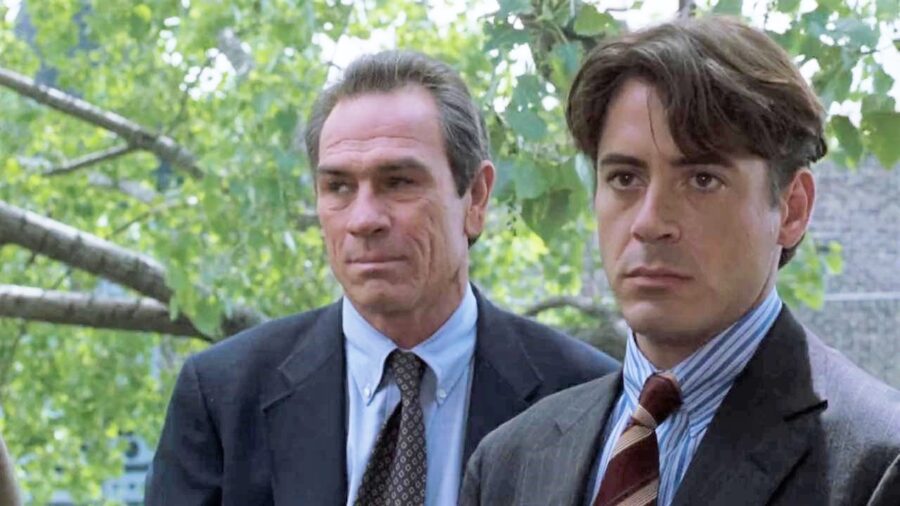
But in other ways, U.S. Marshals desperately wants to be compared to The Fugitive. There are repeated, blatant callbacks to the previous movie. Wesley Snipes escapes in a mid-transport vehicle disaster when another prisoner attacks someone; instead of a train, now it’s a plane. Gerard has to exasperatedly watch as local law enforcement stumbles their way through setting up a perimeter, so he can stride in and have another stab at the “outhouse, henhouse” and so on speech. Even the aforementioned chicken costume scene involves a tense shootout during a house raid with Tom Wood, just like the first movie (except the chicken part). Imitation may be the sincerest form of flattery, but it is not a marker of quality.
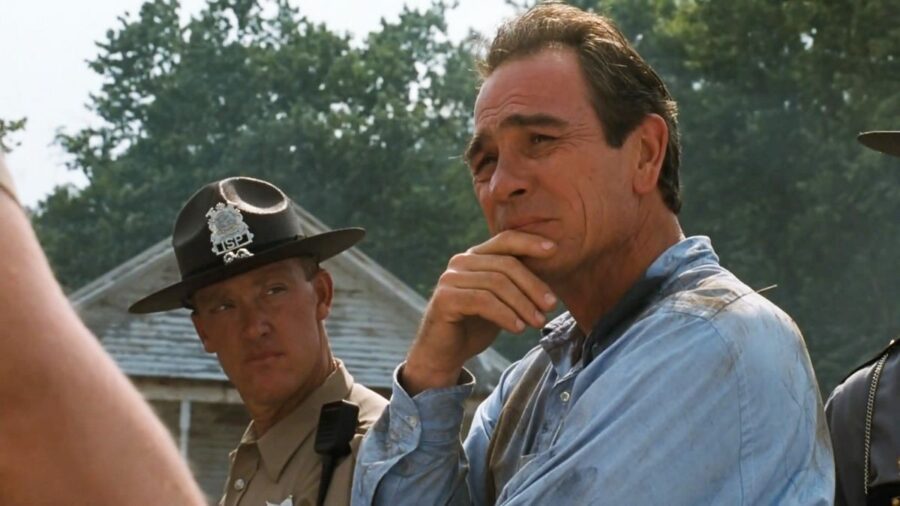
The following year after U.S. Marshals, Robert Downey Jr would be arrested for failing a drug test. He would spend a year in California Substance Abuse Treatment Facility and State Prison; upon his release, he joined the cast of the popular legal show Ally McBeal, until he was fired for another series of arrests and drug busts. He would later describe it as his lowest period of addiction. It would take years, Jon Favreau, and Kevin Feige to return him to stardom, but if you want to see him at his first apex before the fall, check out U.S. Marshals. Everyone else is, apparently.












